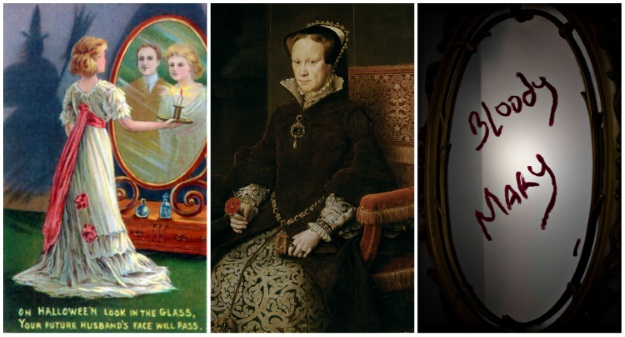Bloody Mary The Legend Returns
- Posted in:Admin
- 12/05/18
- 35
While making a music video, a gathering of movie producers incidentally arouse the scourge of Well drink, a young lady who was ruthlessly killed more than. While making a music video, a group of filmmakers accidentally waken the curse of Bloody Mary, a young woman who was brutally murdered over 100 years ago by her. The Legend of Bloody Mary is a 2008 American horror-thriller film written by John Stecenko and Dominick R. Domingo, directed by Stecenko and starring Paul Preiss. Find Bloody Mary: the Legend Returns (2011) at Amazon.com Movies & TV, home of thousands of titles on DVD and Blu-ray.

The legend of Bloody Mary is centuries-old and appears in many. In the West, she borrows her name from Queen Mary I, the infamous monarch known as a burner of heretics. To summer campers and slumber parties, though, Bloody Mary appears in bathroom mirrors — not as a murderous queen, but a howling woman drenched in blood. Sometimes, she’s said to be clutching a dead, blue baby. Other times, her arms are empty and outstretched as the conjurer taunts her: “I stole your baby,” or “I killed your baby.” In any variation, the ritual is as macabre as it is childish.
Sunset Riders Arcade Game. But while most children outgrow the game even before outgrowing camp, there is a strange, sad, and very true story wound up in this myth. At 14, she was permanently separated from her mother, forbidden even to visit Catherine’s deathbed. Depending on which wife was on the throne, Mary was alternatively banned from court as a bastard or ordered to come make appearances, suddenly a princess again. She’d been born to Catholic parents in a Catholic country. When Henry broke with Rome to marry Anne Boleyn, her fervent faith became heresy. From puberty, she suffered crippling menstrual pain and irregular cycles, as well as periods of “” — perhaps due to the stress of simply being her father’s daughter.
Widescreen Fixer 2.3.59. Though the firstborn, Mary was pushed down in rank, first by her younger half-sister, Elizabeth, and then their half-brother, Edward. While these much younger siblings suffered trauma of their own, it was Mary who witnessed the whole of her father’s tyranny. She would survive, but by no means unscathed.
Thus began one of the strangest and most controversial chapters in royal history. At the time, of course, there were no true forms of pregnancy testing and propriety forbade doctors (such as they were) from thoroughly examining a monarch. But while her status as queen prevented physical inquiry, it also made her reproductive system a subject of public discourse. Hence, history records a fairly detailed litany of Mary’s pregnancy symptoms: Menstruation had stopped, her breasts were swollen, she was nauseated in the morning. While she’d always been a notably thin woman, she’d suddenly gained weight. Her pregnancy began with all the standard signs and it continued just as typically.
Her abdomen grew round and larger by the month. Soon, she felt the baby move. Mary had never been beloved — not the way her dazzling younger sister, Elizabeth, was. Elizabeth was subject to another kind of animus, as both the daughter of Anne Boleyn and a protestant. But she was sharp and charismatic where Mary was rigid and out-of-touch (and perhaps “hysterical”).